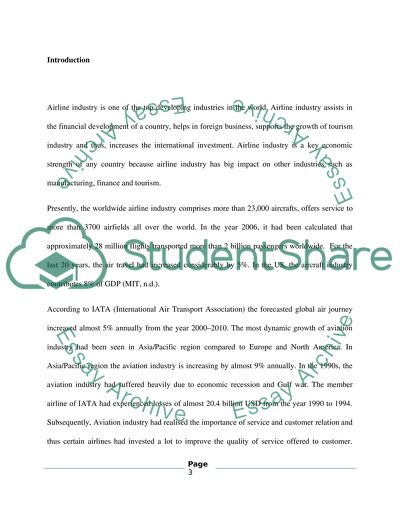Cite this document
(“Contemporary issue in marketing - Airline industry on service quality Essay”, n.d.)
Retrieved from https://studentshare.org/environmental-studies/1421452-contemporary-issue-in-marketing-airline-industry
Retrieved from https://studentshare.org/environmental-studies/1421452-contemporary-issue-in-marketing-airline-industry
(Contemporary Issue in Marketing - Airline Industry on Service Quality Essay)
https://studentshare.org/environmental-studies/1421452-contemporary-issue-in-marketing-airline-industry.
https://studentshare.org/environmental-studies/1421452-contemporary-issue-in-marketing-airline-industry.
“Contemporary Issue in Marketing - Airline Industry on Service Quality Essay”, n.d. https://studentshare.org/environmental-studies/1421452-contemporary-issue-in-marketing-airline-industry.


